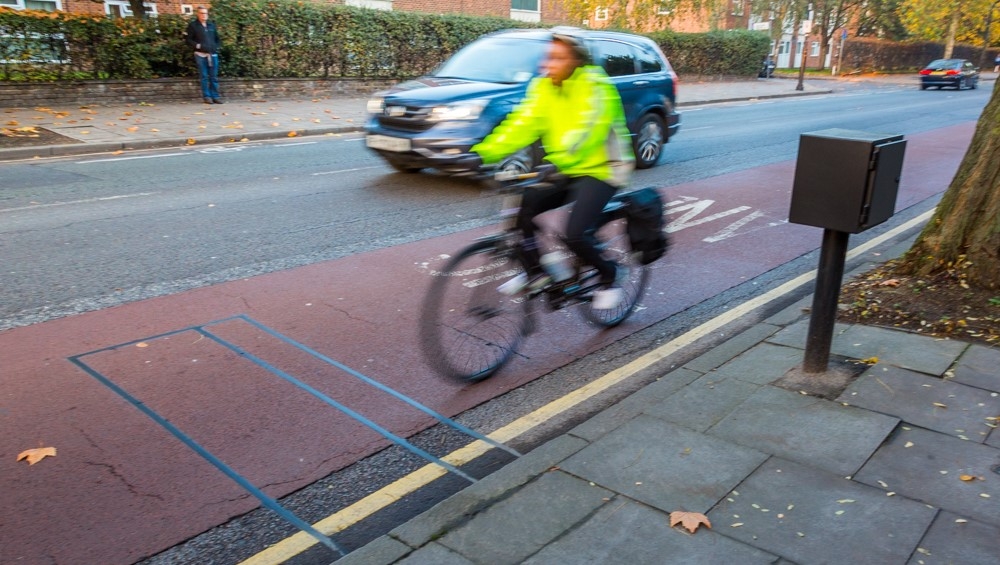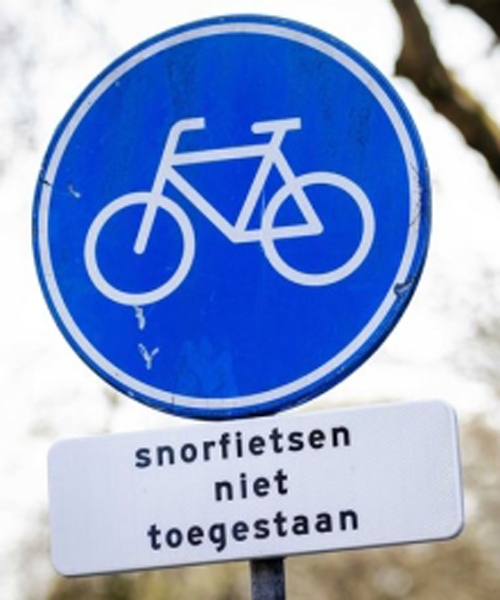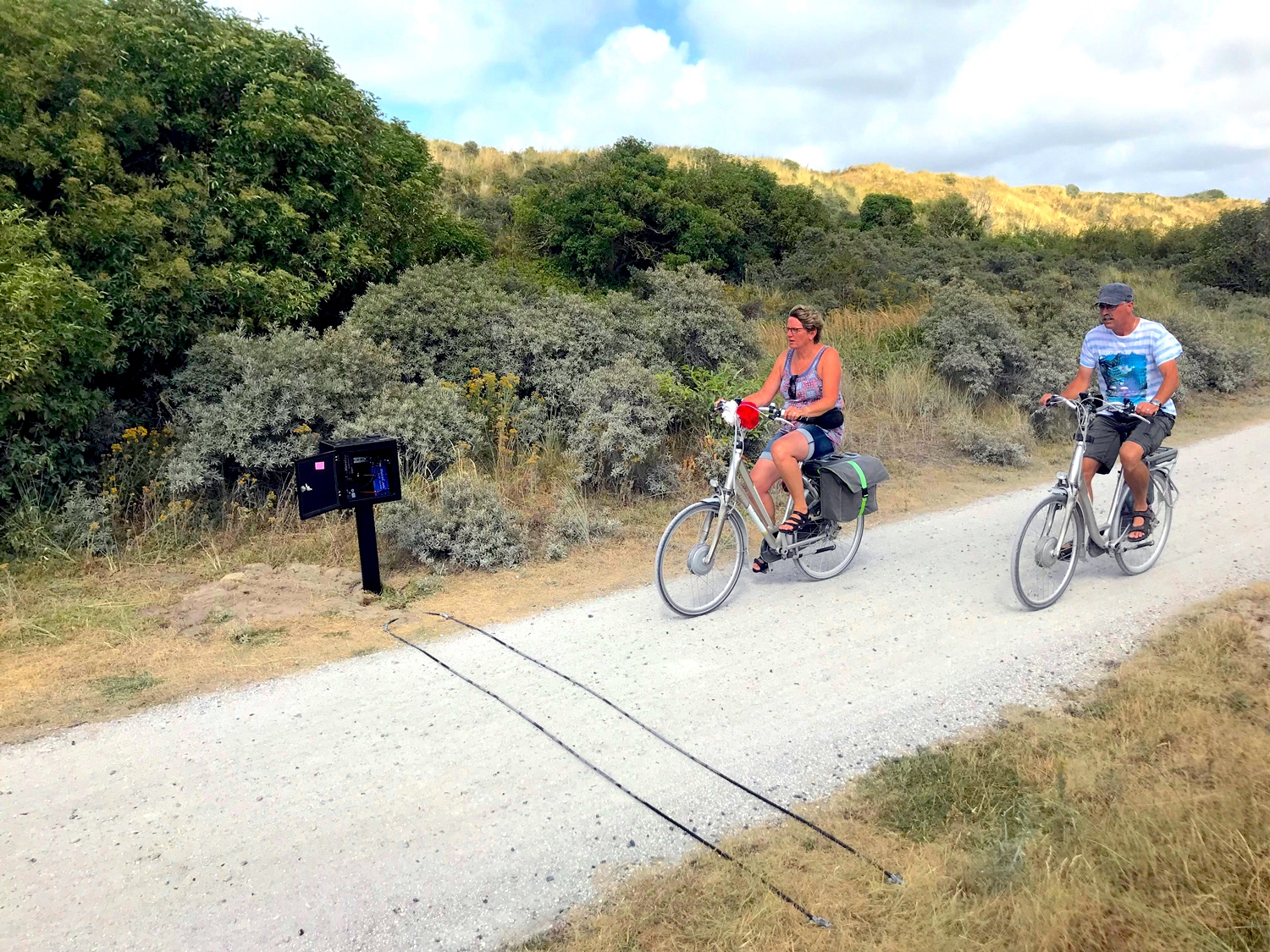The aim of this study was twofold. First, it's a great environment for evaluating the capacity of the RidePod BT counter against a manual count using video equipment. Second, the authorities wanted to collect additional data about lane usage as part of a study for infrastructure development.
Data collection
The chosen bike lane is separated from the road by a chamfered kerb with a height of about 5cm. On the other side of the lane, there is a contiguous sidewalk, built at the same level.
During the equipment installation, the two pneumatic tubes were fixed at 60cm apart, perpendicularly to the sidewalk and the bike lane.
Data processing
The advantage of the MetroCount system is the recording of individual tube hits. Since a bike has two wheels and the counter connects to two tubes, the system will record 4 events per bike. This enables detailed post-survey analysis of volume, speed, the gap between bikes, and even classification.
The data was analysed using the MetroCount Traffic Executive software. A few classification rules were established:
- A bike is a vehicle with a wheelbase <= 1.15m;
- A motorbike is a vehicle with a wheelbase greater than 1.15m and smaller than 1.7m;
- Any vehicle with a recorded speed lower than 10km/h has been excluded from the analysed dataset, as it doesn’t represent the object of the analysis (e.g. baby pram).
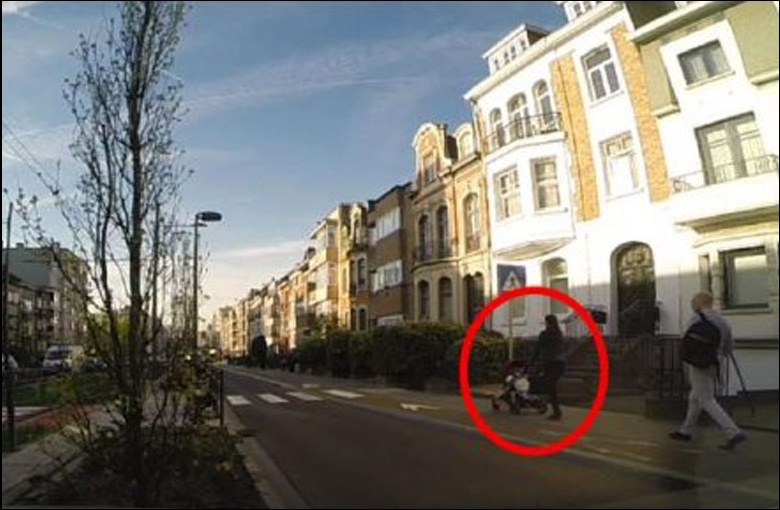
Video comparison
A 30-minute manual count using video equipment was conducted on the 21st of April. The results were compared to those provided by the counter.
Overall, 32 out of 33 bikes were fully detected. The bicycle that was not recorded was part of a group of two, travelling side by side. While the MetroCount system has identified the bike cluster (see Observation: « multi-sequence »), it only logged one wheel of one bike. A careful examination of the video shows that this bike avoided the tubes by riding on the adjacent kerb.
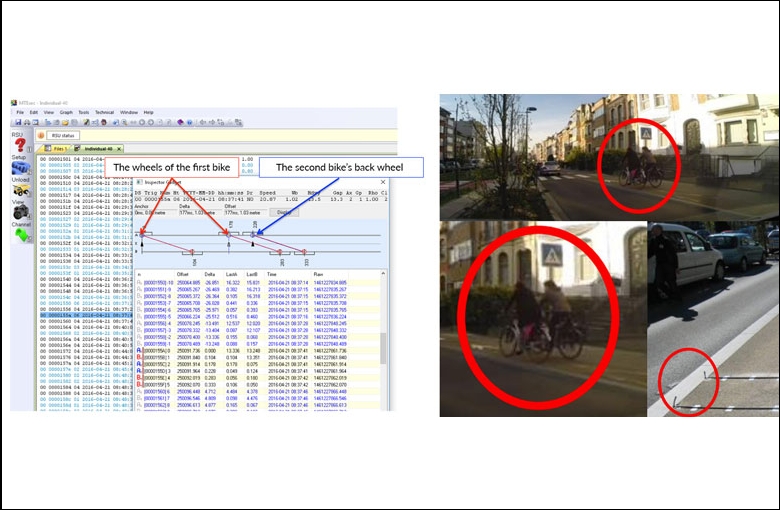
Notably, during these 30 minutes of video recording, the only motorbike that drove by was successfully identified. However, the system incorrectly identified a pedestrian which was recorded as a bike. Stricter classification rules would have avoided this error as the pedestrian was recorded at 0.88 metres and with the MetroCount software, classification can be changed post study.
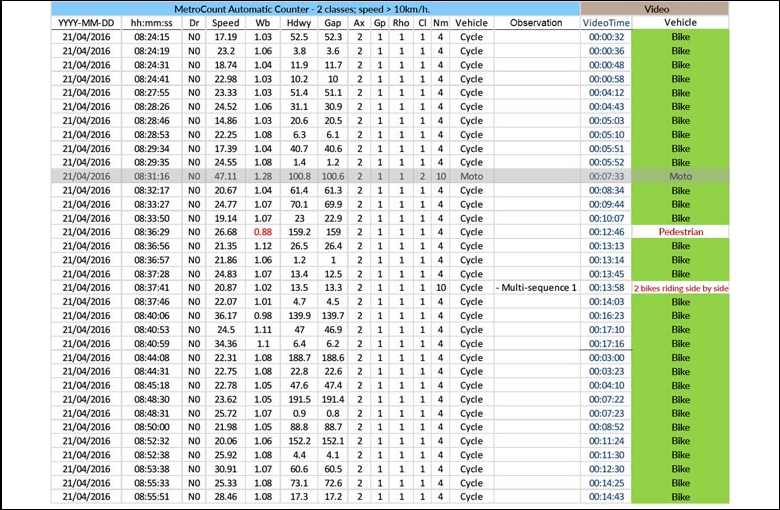
Detailed analysis of cyclist rides
The data was collected from a recently inaugurated bike lane, which provided an opportunity to analyse how the community is using this new infrastructure. The results of the volume and speed analysis are presented below.
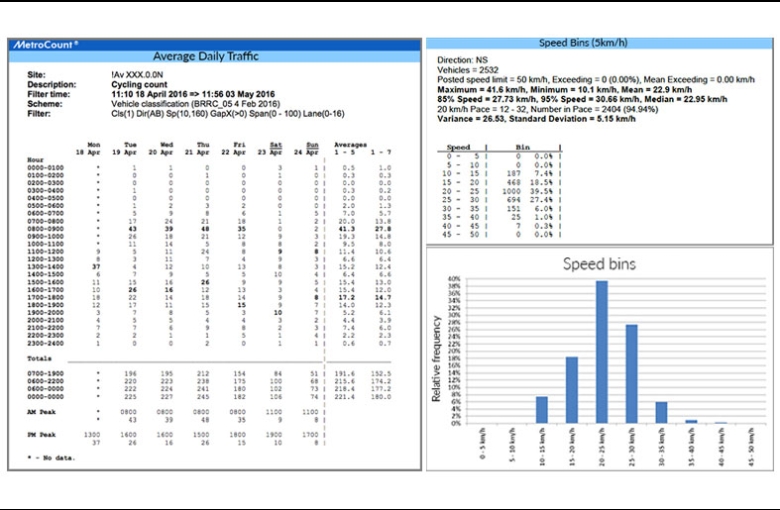
For detailed information, please consult the official BRRC report (available in French only).
Got a great MetroCount story? Share it with us and let the world know the great work you're doing in your community.

